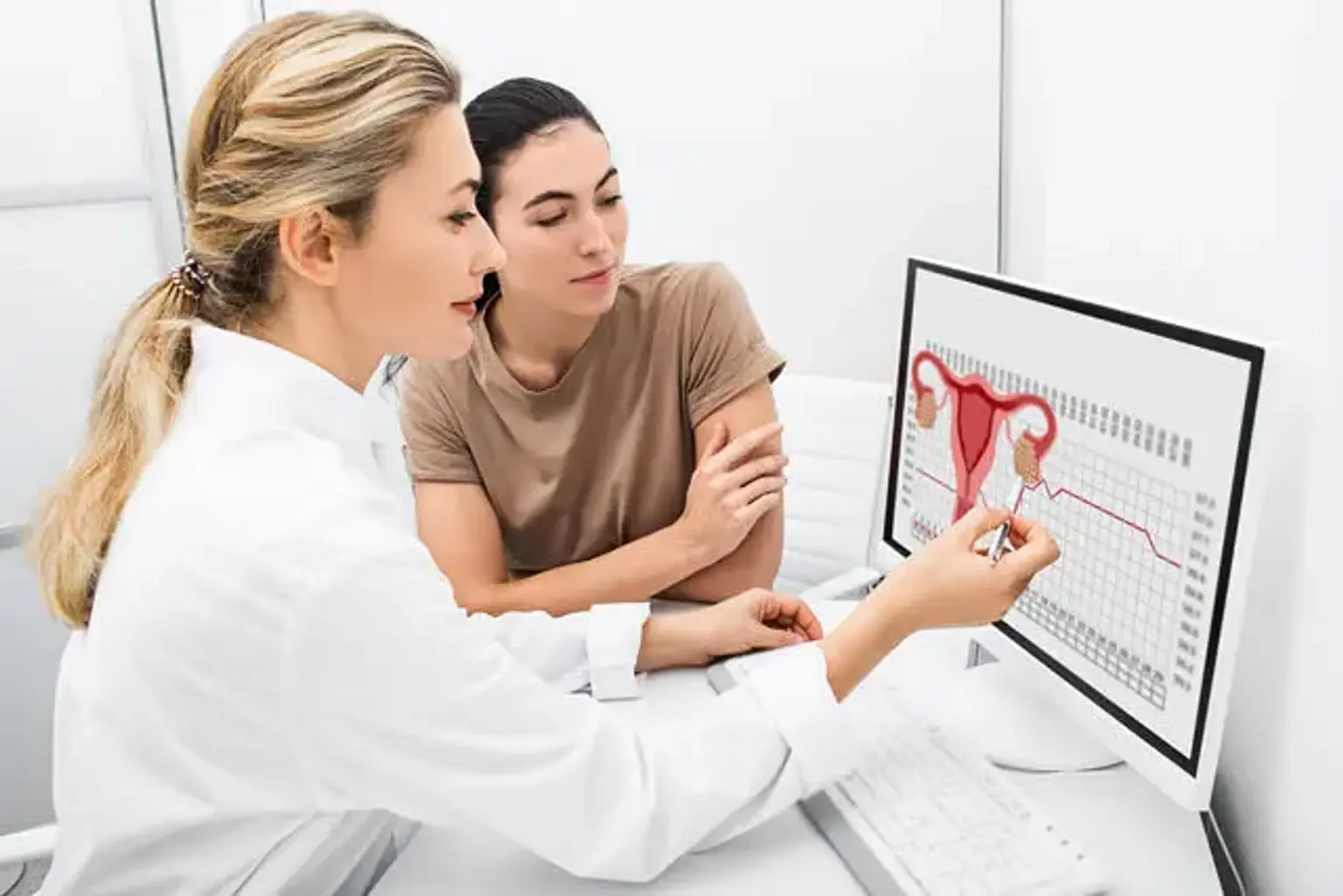Cyst on ovary – Ovarian cyst definition
Ovarian cysts are biological formations that resemble a sack or a pocket filled with fluid that develop in or on the ovaries. This is a quite common condition, most women having ovarian cysts especially before menopause without even knowing it. These cysts are usually harmless, but they can also be pathological (malignant).
The subject of reproductive health is a very important one and for better understanding what ovarian cysts are, where they come from, who gets them and when, we’ll first attempt to understand what are the ovaries and how they work.
